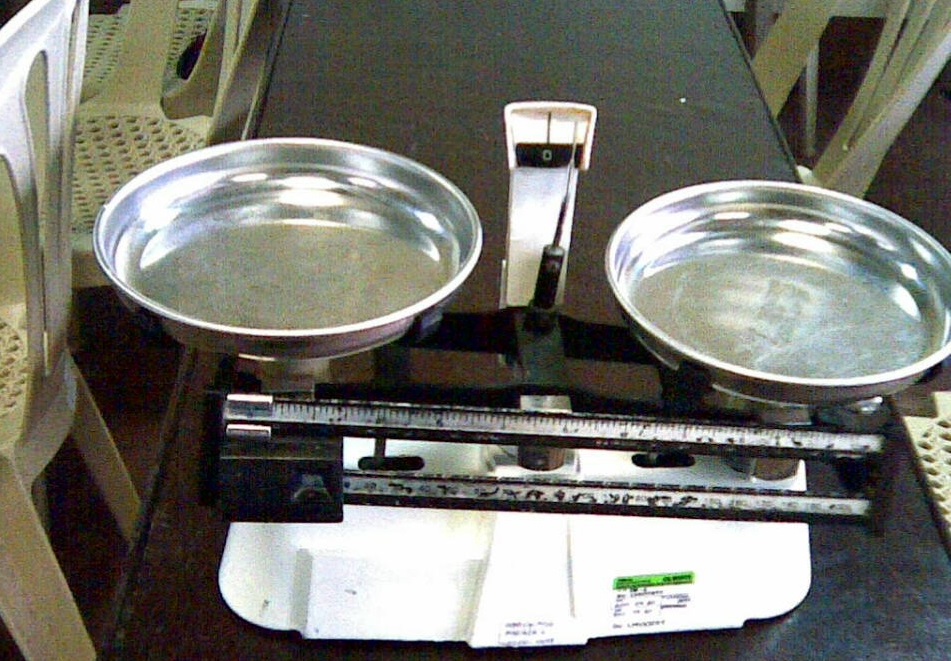
26 Jan Strategies for portfolio rebalancing
Photo: jessieagude7/morguefile.comQ. I have two IRAs and a 401(k). I know I’m supposed to rebalance every year. What’s the best way to do this?
— Investor
A. The start of the new year is a great time to rebalance, especially after all the stock market movement of the past few weeks.
When a portfolio such as an IRA or a 401(k) is initially invested, a framework, or asset allocation, should be created to determine what percentage of each asset class will be purchased so that the portfolio meets the account holder’s goals and risk tolerance, said Claudia Mott, a certified financial planner with Epona Financial Solutions in Basking Ridge.
“As time passes and the capital markets move up and down, the weightings of the assets can get out of sync with the original percentage allocation,” Mott said. “The process of bringing the portfolio back into alignment is called rebalancing and should occur at least once a year or when there is a significant change in the markets.”
Rebalancing a portfolio subscribes to the philosophy of selling investments that rise in value and purchasing those that have declined in value – something along the line of “sell high and buy low,” said Gerard Papetti, a certified financial planner and certified public accountant with U.S. Financial Services in Fairfield.
He said rebalancing a portfolio is a form of active management versus those who subscribe to the philosophy of “buy and hold,” which is a passive strategy.
“There are arguments and supporting data for both strategies depending on the time period being measured and the investments involved,” he said.
One of the key considerations when rebalancing a portfolio is taxes, as selling may generate taxable capital gains which could be taxed at ordinary income tax rates if the gains are short-term (held less than one year) or at long-term capital gains rates, which are preferential and lower for federal tax purposes.
But you’re talking about pre-tax accounts, so taxes are not an issue.
“It is also important to note that rebalancing a portfolio does not mean it will necessarily enhance the potential for higher portfolio returns, but is done to make sure the portfolio maintains the same level of risk you are comfortable with,” he said. “As we have seen, stocks can increase in value for a number of consecutive years which may result in a too aggressive allocation or when stocks lag for a period of time, a too conservative allocation.”
Before you can rebalance, Papetti said, make sure you determine your target allocation.
Then determine the frequency of rebalancing you need, such as monthly, quarterly, semi-annual or annually.
There are many options for how you can do this.
“Some strategies rebalance when a portfolio allocation increase or decreases by a set percentage, such as 10 percent,” Papetti said. “You can make a case for any of them, but I think annual rebalancing makes the most sense as a more frequent interval will require discipline that many individual investors lack.”
But, he noted, many investment platforms such as with a 401(k) and/or IRA offer automatic rebalancing, so selecting a more frequent interval or rebalancing when an investment allocation weighting moves above or below a certain threshold may be something you want to take advantage of. He recommends you don’t do it more frequently than quarterly.
“The most important thing is that you don’t let your portfolio get too heavily weighted to one allocation,” he said.
Mott said the process can be broken down into three steps: value the current holdings, compare to the desired weighting, buy or sell to adjust the positions.
She said this can be accomplished using a spreadsheet or pencil and paper. You will also find downloadable spreadsheets and apps online that allow you to plug in the holding values and allocation percentages and the amounts to be bought or sold are calculated for you.
“With three accounts, you have the option of combining the values of the positions into asset classes such as large-cap, small-cap and international and rebalancing the overall portfolio or treating each portfolio individually,” she said.
If you opt to use a spreadsheet, Mott said, most custodians enable account holders to download their portfolio holdings into an Excel-compatible format which makes rebalancing that much easier. Columns will need to be added to the spreadsheet with the desired percentage for each asset and the portfolio value that this represents, she said. Then the dollar amount needed to be bought and sold is the comparison between the desired holding value and the current actual value.
“If you own stocks and ETFs, the dollar amount will need to be converted to a share value based on current market prices,” she said. “Many advisors create a tolerance band around a target percentage to avoid making small costly trades that might not be necessary. A rule of thumb is often 5 percent plus or minus the desired weighting.”
Papetti recommended viewing your three accounts as one portfolio.
“Depending on the investment alternatives offered in your 401(k) plan, you may elect allocating the 401(k) plan based on the best funds in the plan which would then help determine how your IRAs should be allocated,” he said. “A self-directed brokerage IRA will usually have more choices and asset classes than a 401(k) plan. Hopefully both your IRAs and 401(k) platforms have similar type of automatic rebalancing options to elect.”
Email your questions to .
This story was first posted in January 2016.
NJMoneyHelp.com presents certain general financial planning principles and advice, but should never be viewed as a substitute for obtaining advice from a personal professional advisor who understands your unique individual circumstances.
